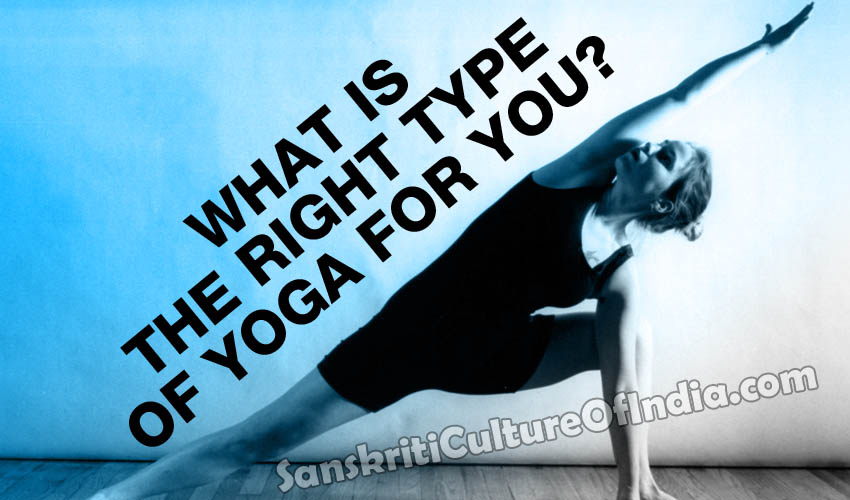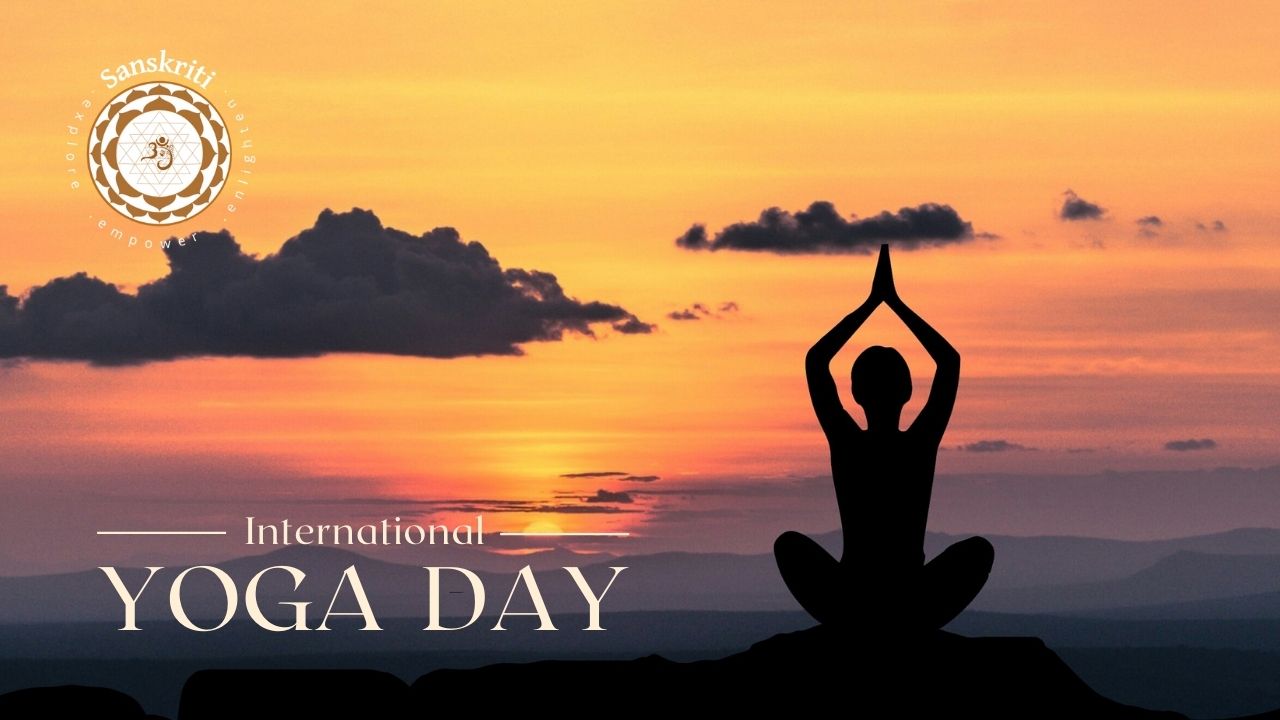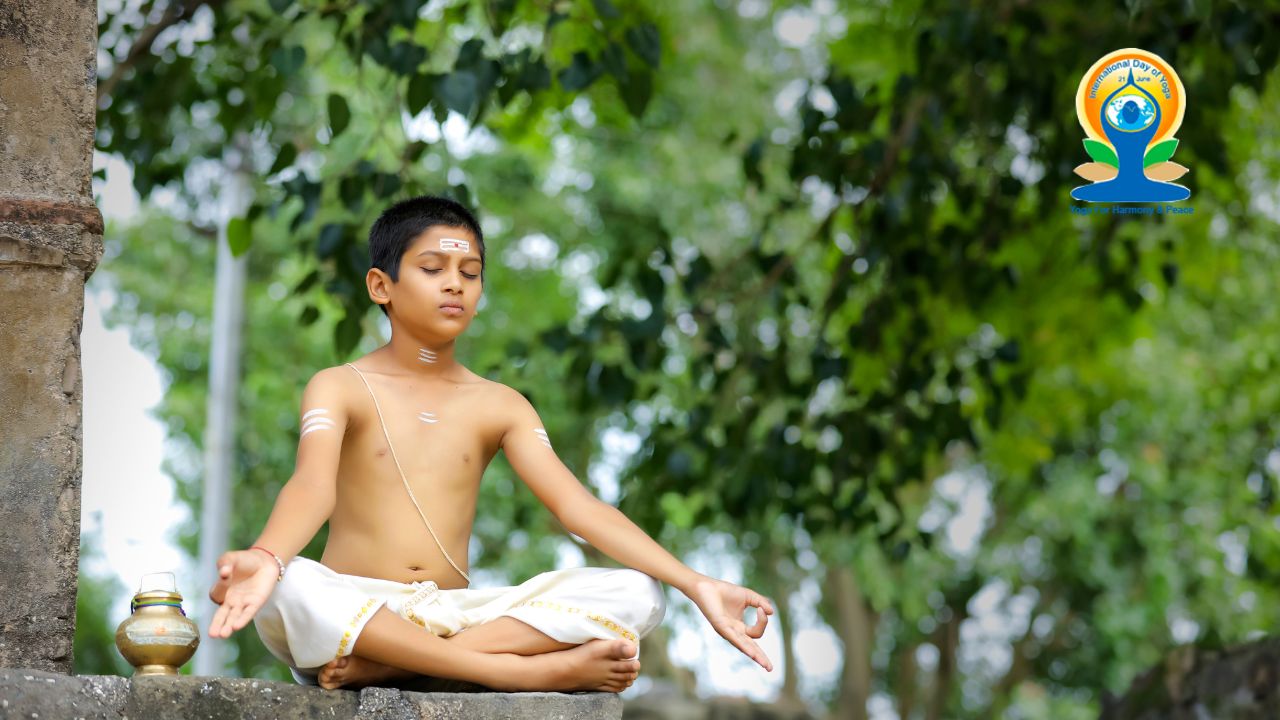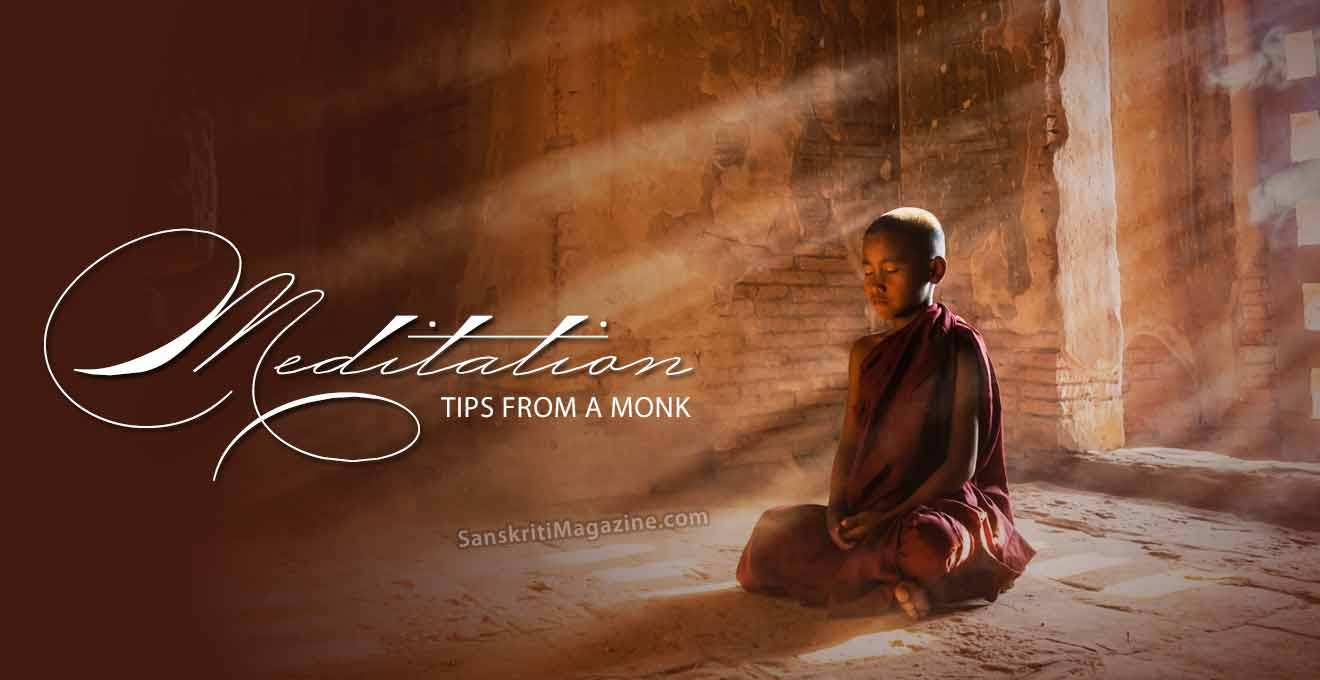Yoga offers a host of health benefits, including stress relief and mental clarity, but many people don’t think it’s for them. Some think yoga is too slow, others too rigorous; you might care more for the physical exercise but not the meditation, or you might think yoga practice is too Westernised. There are, however, so many approaches to yoga — Ashtanga is a fast-paced flowing style while Kripalu combines gentle movements with a philosophy of compassion and mindfulness—that if you are interested, you should be able to find a yoga style that fits your needs and reap these great benefits. Here’s how to get started (or continue) on your individual yoga path.
What Is Yoga?
Yoga means “union” in Sanskrit and refers to the original purpose of the practice: connecting mind and body so you can experience your pure, true self and find enlightenment. Many yoga classes in the West emphasise Hatha yoga—a general term describing the physical foundation of yoga. Hatha yoga focuses on the postures (asanas) and how to use your breath (prana).
Even within Hatha yoga there are many variations, which we’ll describe below. Kathleen Carlson, a Registered Yoga Teacher (RYT), says: “the main thing to remember is that yoga is not only moving through the physical asana or postures. It is tuning into your breath, being present in the moment and opening your heart to new experiences.” The key, she says, is to test out many varieties to find the best fit:
Yoga truly is a “practice” meaning it is always a work in progress. As a yogini you’re always learning, changing, growing and “practicing” so why not check out as many studios, DVD’s, teachers, styles as possible to see what you like.
Getting Started
For any type of yoga, going to a studio and trying a beginners class or an alignment class can get you familiar with the basic poses. From there you can branch out to try different styles of yoga, Carlson advises.
The right teacher can make all the difference between whether you like yoga or never do it again. Ask around for advice from people you know who practice about how they started and where they go. “Finding a good yoga studio is like finding a good doctor—it’s personal,” says Carlson.
You don’t necessarily have to go to a dedicated yoga studio either. The best yoga teacher I ever had taught a couple of classes at a typical gym. She showed me what I was craving in yoga (though I didn’t know it)—better advice on how to correctly align myself in the poses. Once I was shown those small tweaks and how much peace I found concentrating on poses that way, I knew the alignment-focused Iyengar school of yoga was my thing.
One way to find which type of yoga is right for you is to think of why you might have been interested in yoga in the first place—or, perhaps, what you didn’t like about past yoga experiences. Consider whether you want a lot of physical intensity (do you like to sweat?) or gentle poses, if you’re recovering from an injury, want heightened spiritual awareness, and so on. Your preferences may also change from day to day or with the seasons (during the winter, Carlson says, some are drawn to heated yoga practices)
Nine Styles of Hatha Yoga
There are nine internationally recognised styles of Hatha Yoga. Here they are ranging in intensity.
Ashtanga Vinyasa helps build strength, flexibility, and mental focus through a sequence of movements. Vinyasa is a flowing style of yoga which links the movements or asanas with breath work. Carlson says she gravitated toward Vinyasa because she wanted both the physical challenge and something to calm her mind. Ashtanga yoga is a series of poses done in a quick-paced Vinyasa flow.
A variation of Ashtanga yoga is Power Yoga, an Americanisation of Ashtanga best for people who want to develop strength and flexibility in a rigorous workout. Byant Kest’s Power Yoga site describes it as “working hard sensitively. It’s about feeling good, not just looking good. The tone and shapeliness you get from this work is a by-product. The focus here is balance and healing.”
Jivamukti combines the physical style of Ashtanga with meditation and spiritual teachings. Think chanting and readings combined with standing poses and backbends. Developed in 1984 by David Life and Sharon Gannon, this style is described by the Jivamukti Yoga School as “a vigorously physical and intellectually stimulating practice leading to spiritual awareness”. The school claims that the average Jivamukti student knows more about the philosophy of yoga than most yoga teachers because of the emphasis on traditional teachings.
Bikram is practiced in rooms heated to 105 degrees to help you sweat out toxins and keep flexible. If you like it hot, you’ll like Bikram. The 26 yoga postures developed by Bikram Choudhury, according to Bikram’s Yoga College of India , are designed to give every component of your body what it needs for maximum health and functioning.
Integral is a gentle, holistic practice meant to be incorporated at work, school, and everyday life. The Integral Yoga Institute of New York City says Integral yoga’s use of traditional postures can help develop “an easeful body, a peaceful mind, and a useful life”.
Iyengar focuses on experiencing each pose and proper alignment. Postures are held longer in Iyengar than they are in other yoga styles, and props like blocks, straps, and cushions are also encouraged. It’s one of the most popular styles of yoga in the US and was developed over seventy years ago by B.K.S. Iyengar.
Carlson says Iyengar is a great practice for you if you’re a sucker for detail. It can help you gain awareness of your body, dissolve physical or psychological tension or blocks, and explore the mind-body connection.
Kripalu focuses on meditation and breathwork while promoting physical healing. Psychological and spiritual growth are big components of this school, and there’s a great emphasis on approaching yourself and others with compassion and kindness.
If you consider yoga as meditation in motion and are interested in transforming your life, Kripalu, “the yoga of life” may be for you. A variation called Kripalu YogaDance blends dance and yoga.
Kundalini a branch of tantric yoga that emphasises the wordless experience of yoga and heightened awareness. Kundalini was once a closely guarded secret, until Yogi Bhajan brought the practice to the West in 1969. Described by Bhajan’s 3HO foundation, the practice “combines breath, mudra [postures, usually of the hands] , eye-focus, mantra, body locks, and postures in a precise, conscious manner to affect body, mind, and soul.”
Kundalini may be the school to explore if you’re interested in a philosophy of living or finding your true path in life, as well as physical benefits of yoga.
Sivananda is a slow-paced practice built around a series of 12 basic postures in tandem with “proper” habits and thinking. According to the International Sivananda Yoga Vedanta Centres, founded by a disciple of the Swami Sivananda, Sivananda teaches 5 principles of yoga: the basic postures for flexibility and strength, proper breathing, relaxation, a healthy vegetarian diet, and positive thinking and meditations.
Because of its application to many areas of daily life, a Sivananda retreat may be a great way to try this style of yoga.
Viniyoga is a customised yoga practice, where the poses and breath are synchronised according to the individual’s needs and interests. This adaptive approach to yoga is also holistic—incorporating breathwork, postures, sound, meditation, and readings. The American Viniyoga Institute says viniyoga is different from other yoga practices with its focus on repetition, holding of postures, and adaptation of the postures, breath, and sequences for different results.
There are several other types of yoga not mentioned here, offshoots and variations of the above as well. Yoga Journal’s Not All Yoga Is Created Equal is a great guide to some other styles not covered. You can also find a quiz there that may help you match your personality and body type to a yoga style.
~ Melanie Pinola











